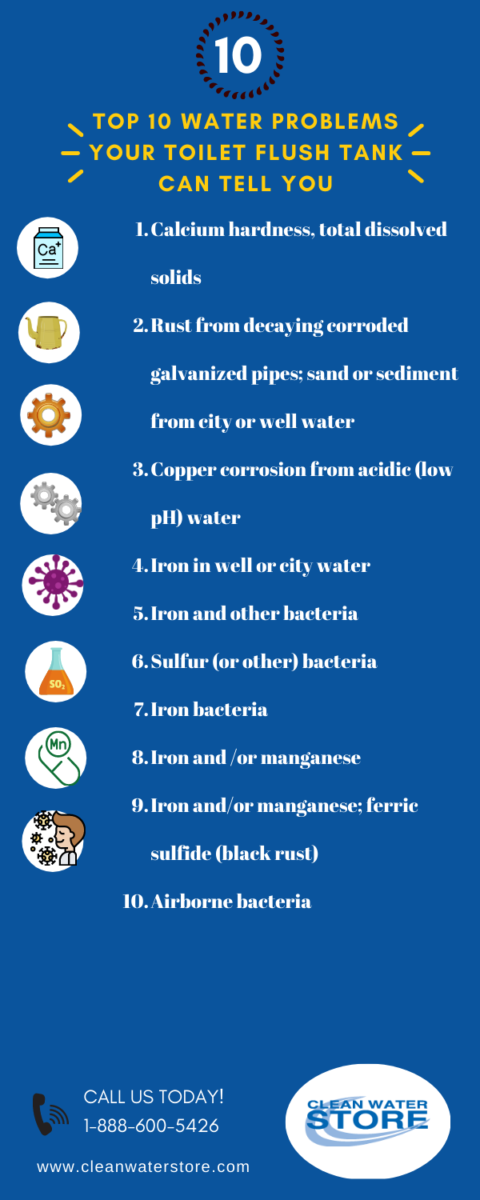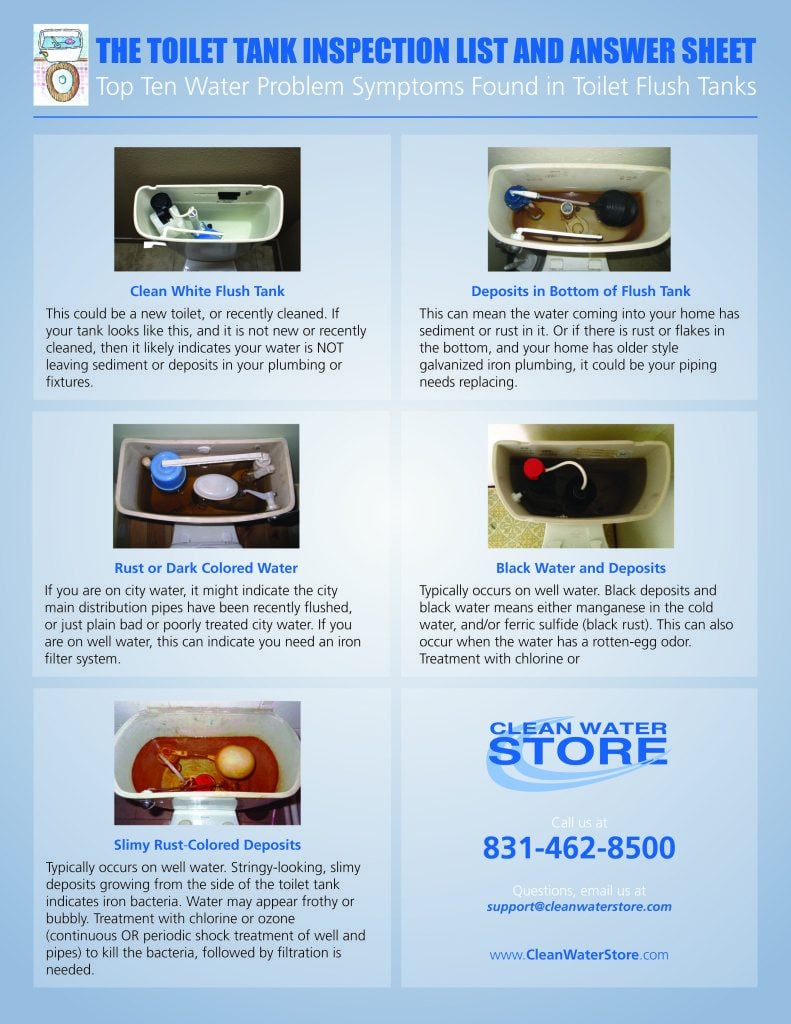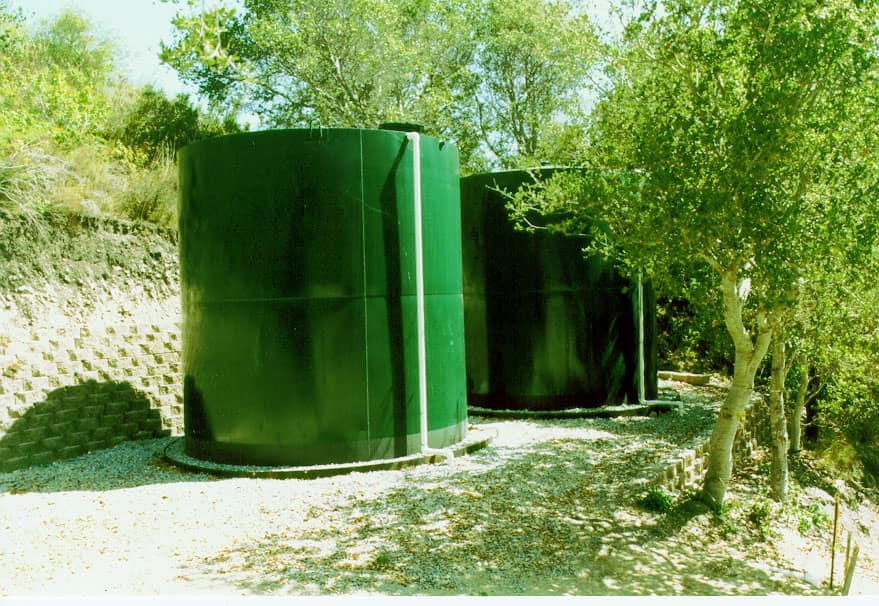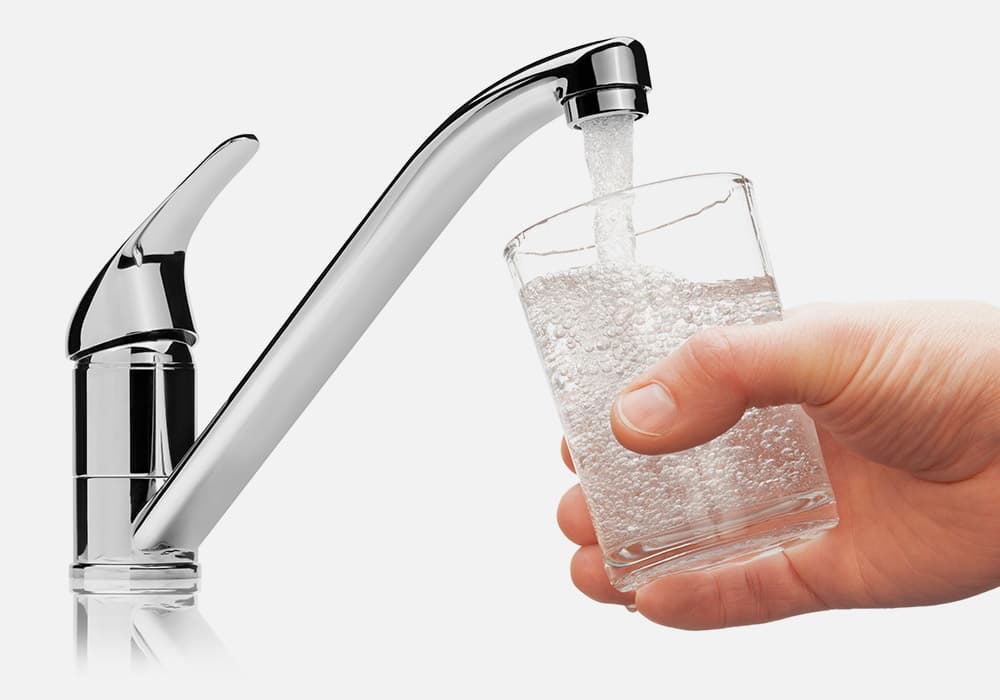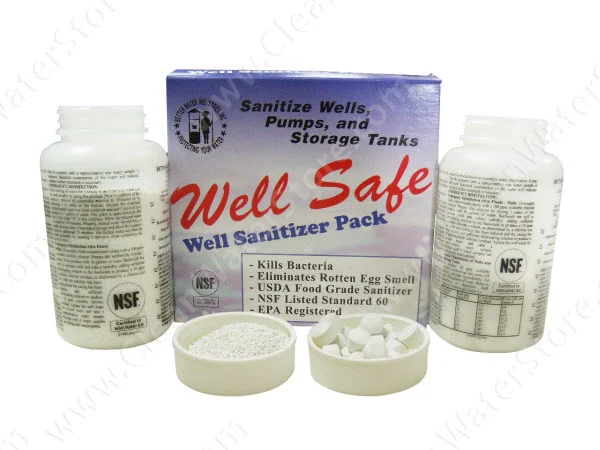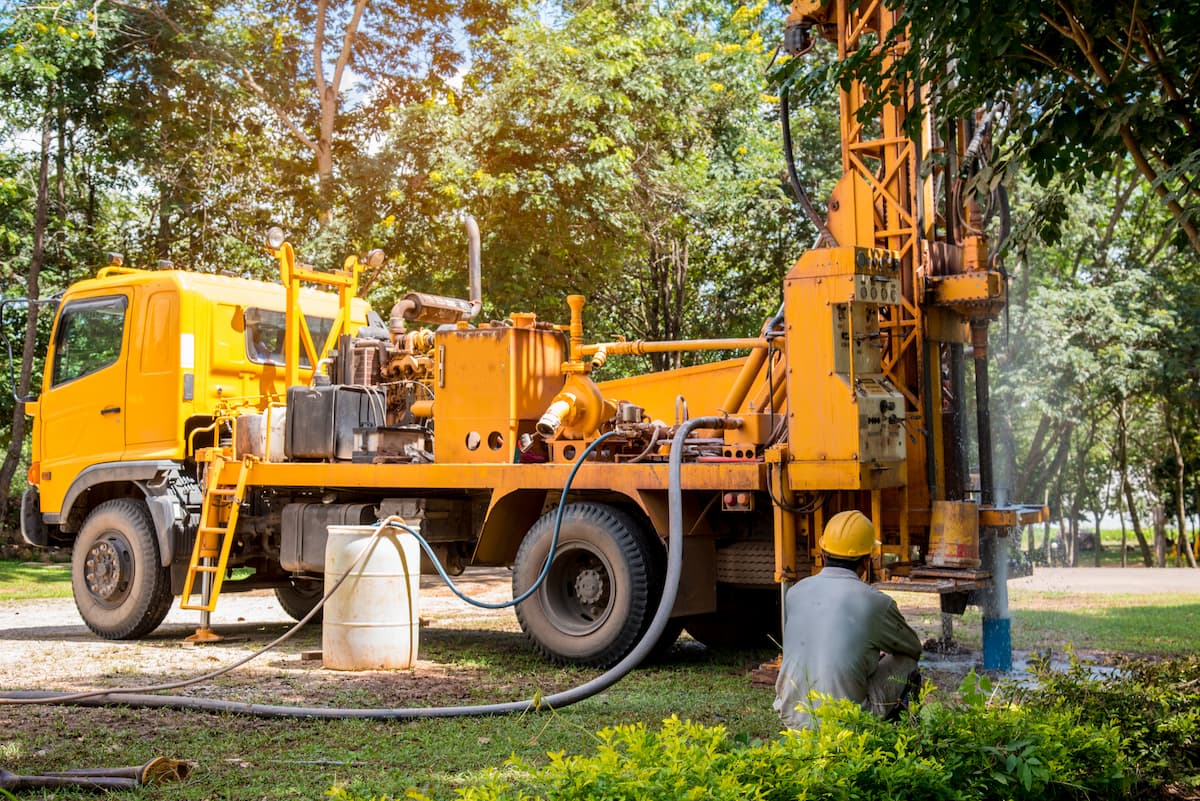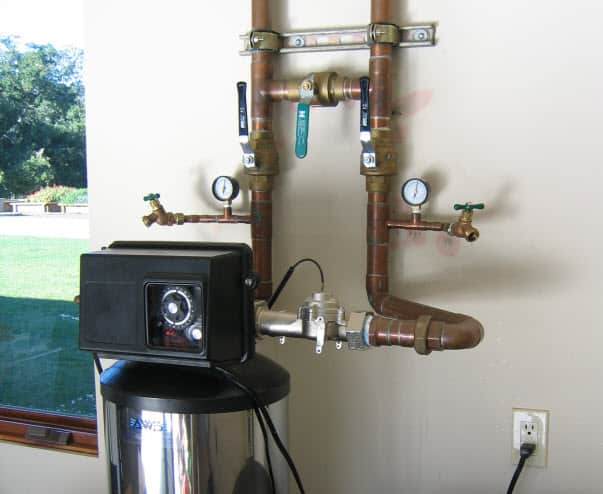Top 10 Water Problems Your Toilet Flush Tank Can Tell You
What Your Toilet Flush Tank Can Reveal About Your Water
If you're unsure about your water quality, one of your home's most overlooked inspection points might be your toilet's flush tank. While it’s not glamorous, this small tank can reveal potential water problems—especially if you’re on a private well system or dealing with older plumbing.
Your flush tank acts like a mini water analysis station unless you've recently installed a brand-new toilet. The water that fills your tank comes straight from your cold water supply, providing a clear window into what might be settling or building up inside your pipes.
Why the Flush Tank Matters
Every time you flush, the toilet’s tank refills with clean water from your cold water line. That water then sits—exposed to air and undisturbed—creating an ideal environment for minerals, sediment, or bacteria to settle on the tank's surfaces.
Because it's not filtered or in motion, this water behaves more like stored water resources, making it easier to detect potential problems that could otherwise go unnoticed in a faucet or shower stream.
Looking inside your flush tank can reveal:
- Iron bacteria
- Sediment or rust from corroding pipes
- Manganese or sulfur odors
- Copper corrosion caused by low pH
- Signs of poor water management at the municipal or household level
Even if you're connected to city water, the distribution infrastructure (aging pipes, poorly maintained valves, or lack of flushing in the lines) can lead to contamination issues. Water quality can vary more than people expect in regions where water scarcity has put pressure on infrastructure.
Common Signs and What They Mean
Clean and White
A clean, white flush tank is usually a sign of well-maintained plumbing and clean water. Your water supply is likely free of iron, rust, and other visible contaminants.
Clean with Deposits
If you notice light deposits at the bottom, it may indicate sediment from your source water or corroded galvanized pipes. This could also suggest the early signs of pipe degradation, especially in older homes or areas with hard water.
Rust-Colored or Dark Water
Rust-colored stains may indicate iron contamination from decaying infrastructure. This is a common issue in areas where water scarcity and underinvestment in water management have led to older pipe systems being pushed beyond their service life.
Black Deposits
Black staining often comes from manganese or ferric sulfide, especially in well water systems. If your water also smells like rotten eggs, it may contain hydrogen sulfide gas. These contaminants are often found in groundwater sources and can impact water safety, taste, and smell.
Slimy, Rust-Colored Growth
This is usually caused by iron bacteria, which thrive in oxygen-deficient environments. These bacteria aren't typically harmful but indicate that your water may harbor more contaminants than you think. Regular chlorination or ozone treatment can help eliminate them.
Your Flush Tank: A Global Perspective
While inspecting a toilet tank may seem like a small concern, it ties into larger global water quality and sanitation issues. Poor sanitation remains a leading cause of disease worldwide, and in many communities, people still have to fetch water manually. Even in developed areas, contaminated plumbing systems can mimic water problems found in regions with failing infrastructure.
As the world's population grows and climate change increases pressure on water resources, maintaining clean, reliable access to water in the home is more important than ever. Organizations like the World Health Organization emphasize that household water safety starts at the tap—even the toilet.
Common Causes of Toilet Tank Stains
Your toilet tank might display symptoms caused by:
- Calcium or mineral hardness
- Rust from aging pipes
- Copper corrosion from acidic water
- Iron and manganese
- Iron bacteria
- Sulfur or sulfate-reducing bacteria
- Ferric sulfide (black rust)
- Airborne bacteria entering through vented systems
When to Test Your Water
Testing your water if your flush tank shows signs of staining, slime, or odd smells is a good idea. A comprehensive well water test kit can measure:
- Iron
- Manganese
- pH (acidity)
- Hardness
- Total dissolved solids
- Bacteria levels
Testing is especially important if you rely on a well system, live in a rural area, or suspect issues from water reuse, wastewater reuse, or nearby industrial or agricultural activity.
Frequently Asked Questions (FAQs)
1. Is it normal to have stains in my toilet tank?
Some light staining is common, especially in areas with hard water. However, dark, slimy, or metallic deposits can indicate serious water issues that need attention.
2. Can iron bacteria harm my plumbing?
Yes. Iron bacteria can build up in pipes and appliances, leading to clogs, corrosion, and odor issues.
3. Why does my toilet water look clear, but the tank is stained?
Contaminants like iron and manganese may be suspended in the water and only become visible after settling over time in the tank.
4. Should I clean my toilet tank if I see stains?
Yes—but more importantly, identify and address the root cause. Cleaning without treating the water will only offer a temporary fix.
5. What do black stains mean?
Black staining is often caused by manganese or ferric sulfide in well water. Oxidation and filtration systems can treat it.
6. Can I test my water at home?
Yes! Affordable home water test kits can check for iron, pH, hardness, bacteria, and more. More advanced testing may require a lab or professional service.
7. Why is my tank slimy and rust-colored?
That’s a sign of iron bacteria, which thrive in oxygen-deprived environments like well systems. Treatment with chlorine or ozone is usually needed.
8. Is toilet tank staining a health risk?
Some contaminants, like iron and manganese, are more of a nuisance than a health threat. However, bacteria or corroded pipes can pose risks if left untreated.
9. What treatment system should I use?
This depends on the results of your water test. Iron filters, oxidizing filters, and acid neutralizers are common solutions based on your specific issues.
10. Will replacing my toilet fix the problem?
A new toilet won’t solve water quality issues. The stains will reappear unless the underlying water problems are treated.
Please refer to the chart below to see the symptoms and the top 10 water problems that they reveal:
Want to Test Your Water at Home?
For more detailed information on how water quality can affect your health and home plumbing, visit the CDC's page on Water Quality and Your Health.



